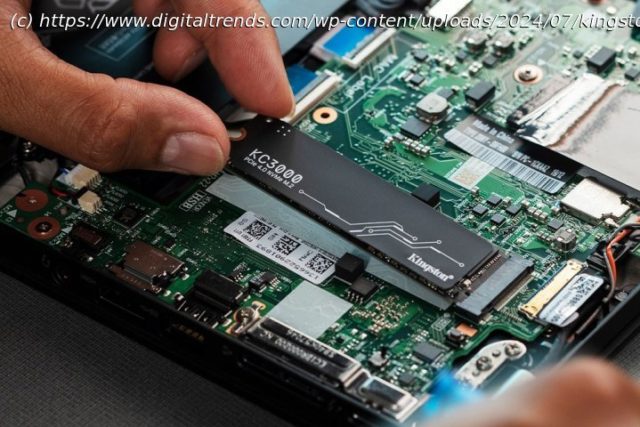Most PCs use exclusively SSDs for just about every kind of storage these days. But what about hard drives? What is an SSD, really?
You may have seen the acronym SSD and wondered what it really is. First off, the acronym stands for solid state drives, and they’ve become the premier storage medium for most modern desktop PCs, laptops, games consoles, tablets, and portable gaming systems.
The best SSDs offer much greater bandwidth than traditional hard drives, with lower latency, reduced power draw, and much greater durability against physical damage. They are smaller, lighter, and more affordable today than ever before.
But what is an SSD? Let’s take a look at how this technology works and where you’ll find it most.What is a solid-state drive?
SSDs work differently than a traditional hard drive (HDD) as there are no moving parts. Whereas HDDs use spinning disk platters to access information, SSDs store data on flash memory chips, much like a smartphone, USB drive, or slimline tablet.
Since the drive doesn’t have to wait for any platter to spin to where your data is located, all memory chips are accessible at the same time. This makes it much easier for users to access their information at high speed — and it’s fairly easy to install an SSD in a desktop PC, just as it is to install an SSD in a laptop.
SSDs are built differently because of this and are available in a variety of different shapes and sizes, but they are more expensive to manufacture. Fortunately, advances in technology have made them far more affordable, and today at lower sizes, prices are very comparable.
Once you get over a few terabytes, hard drives are still far cheaper, but prices continue to fall, making most standard drive sizes readily affordable.SSD advantages
Solid-state drives are the main storage solution for everything from high-end gaming PCs to entry-level laptops, and with good reason. They have several advantages over traditional hard drive storage, and embedded flash memory (eMMC).






